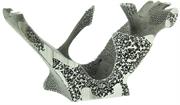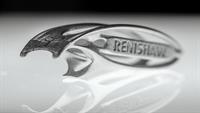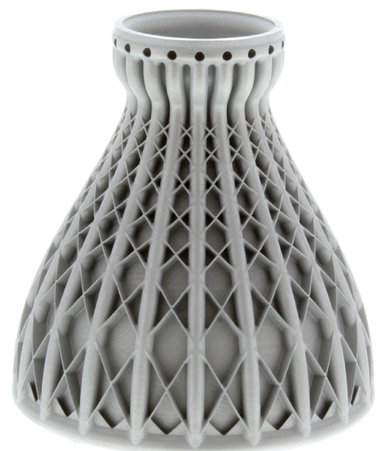Design for additive manufacturing
Feature articles

Light-weight, efficient product design is one of the key drivers behind the increasing adoption of additive manufacturing (AM) for series production. AM supports a range of light-weighting approaches including generative design techniques such as topological optimisation. These iterative methods explore many possible design solutions and result in components with organic forms that mimic efficient natural structures.

Additive manufacturing (AM) gives us tremendous freedom to create components with free-form and intricate features, designs which would be impractical - if not impossible - to produce conventionally. Modern design and build preparation software helps enormously to find an optimum design, orientation and support strategy so that we can produce consistent parts economically.

AM really is a field where you get out what you put in. If you are able to give yourself the design space to think and work at a system level, then you can deploy more AM capabilities to create remarkably efficient and capable products. DfAM optimised parts will be lighter, higher performing, faster to build and therefore more cost-effective than direct replacements or adapted designs. If you fully embrace the capabilities of AM, then you can develop products with market-leading performance and a compelling business case.

Additive manufacturing (AM) gives us tremendous freedom to create components with free-form and intricate features, direct from CAD and without the need for expensive tooling. These complex designs would be impractical, if not impossible, to produce conventionally. Additive components are often lighter, more efficient and better adapted to their application.